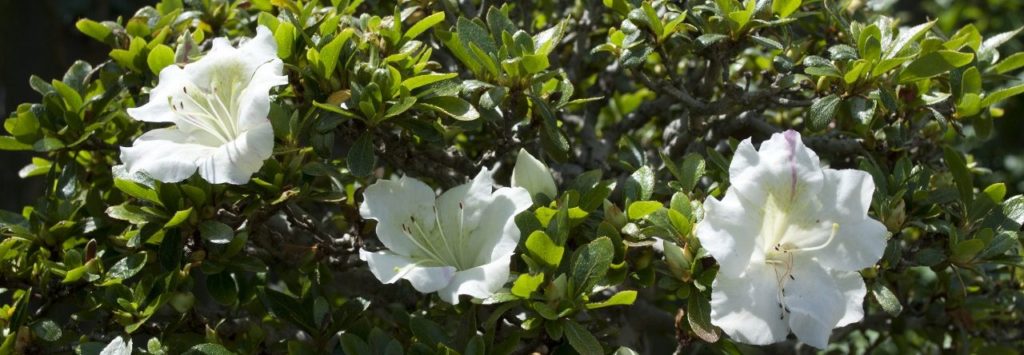 Gordon Deeg presented a program on tool maintenance at the last BASA meeting that was informative and comprehensive. This subject is rarely discussed, and his approach was lively and entertaining. He made what is a dry and technical subject both accessible and memorable.
Gordon Deeg presented a program on tool maintenance at the last BASA meeting that was informative and comprehensive. This subject is rarely discussed, and his approach was lively and entertaining. He made what is a dry and technical subject both accessible and memorable.
Gordon brought along a series of stones and tools that make sharpening and maintaining tools an easier task, and emphasized the point that sharp, clean, well maintained tools are absolutely required to be able to do the work we need to do on our bonsai plants with a minimum of damage and exposure to disease, poor healing and scarring, The stones, he said, can be types that are lubricated with oil, water or diamond-impregnated surfaces that do not require lubrication. The coarse ones must be used first when the cutting edges are damaged or have been allowed to get very dull, followed by finer, then very fine ones. He noted that the grit value of a sharpening stone or surface is expressed in numbers that go from low, which are coarser, to high, which are finer, to very high, which are essentially grits used for polishing and refining a cutting surface so that the edge you work to create can last much longer and require less sharpening in the future. This means not less frequent sharpening, but less effort and time for the sharpening that should be done very frequently. A coarse grit would be rated at 600-800, used for re-establishing or correcting a damaged edge; a sharpening surface is rated at 1100 to 1600; a refining and polishing surface is rated at 1800-2200 for the tools commonly used in bonsai.
Gordon noted that many, maybe most bonsai professionals maintain their tools by quickly sharpening before each day’s use. In this way the tools always work well and last much longer. They become an advantage that saves time and effort. Once a good edge has been established, maintaining the blade becomes a matter of a few strokes on a fine or very fine surface, which only takes a minute or so.
The diamond surfaces were of special interest because they can be shaped to fit the cutting surface, so there are spindle shapes and graduated wave forms to fit any curved, hooked, or odd-shaped cutting surface. It was noted that the company, American Bonsai has two sizes of graduated funnel-shaped diamond sharpeners that are very useful for curved cutters.
American Bonsai Tool & Supply Co. – High Quality Stainless Steel Bonsai Tools & Supplies – American Bonsai offers high quality stainless steel tools and supplies for bonsai enthusiasts.
The process of sharpening causes microscopic metal filings to accumulate on the sharpener’s surface, reducing its effectiveness, dulling it, so to speak. It is this that the water or oil is for, because it floats most of the filings above the surface of the sharpener so they can be brushed or wiped away, which should be done frequently, even on dry sharpeners like diamond. Gordon even had a stone to grind across the sharpening stones, to renew the surface and flatten them out, because the act of sharpening tends to wear the middle parts of the stones and warp the surface.
There was more information given about how to use a hammer to correct the hinge point of a tool that binds or has become too loose, how to correct a tool whose blades don’t quite meet any more, and other small wonders of tool wizardry. Now I think he should present this vital and informative program every year. If he gives it again, be sure not to miss it.
–Chris Ross
